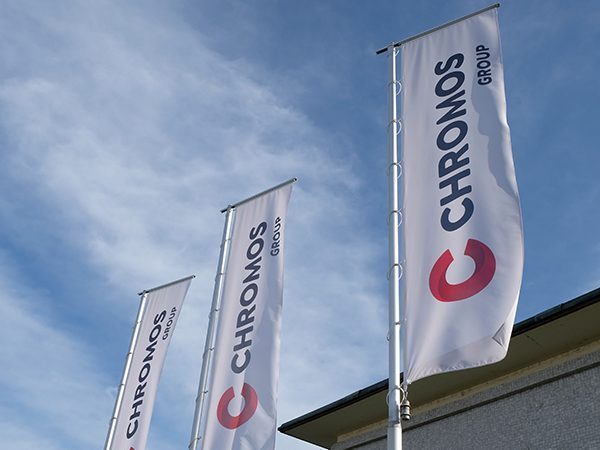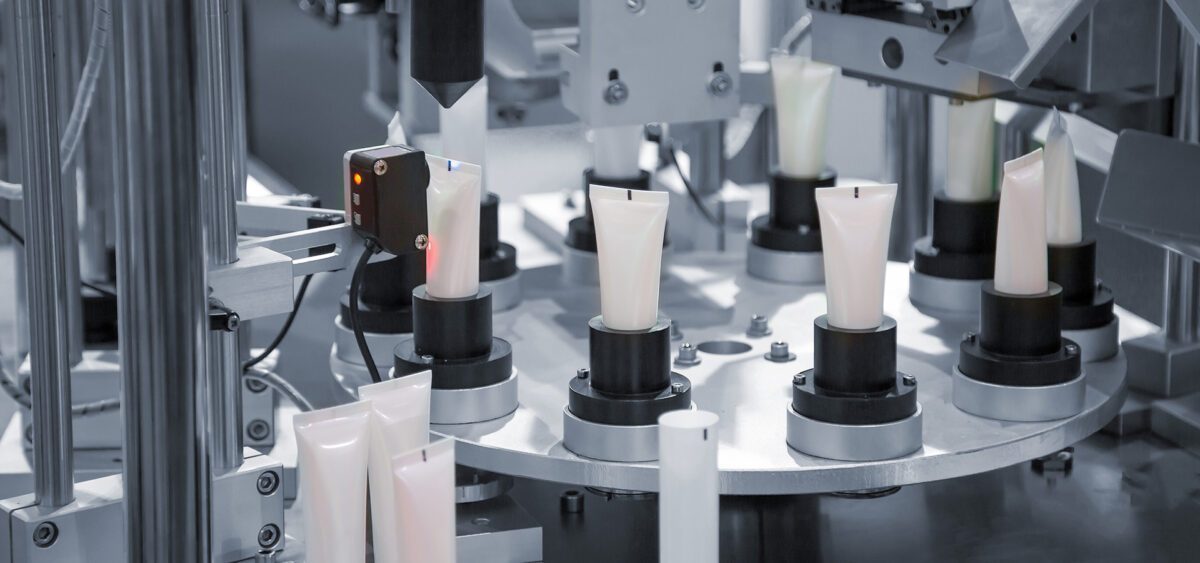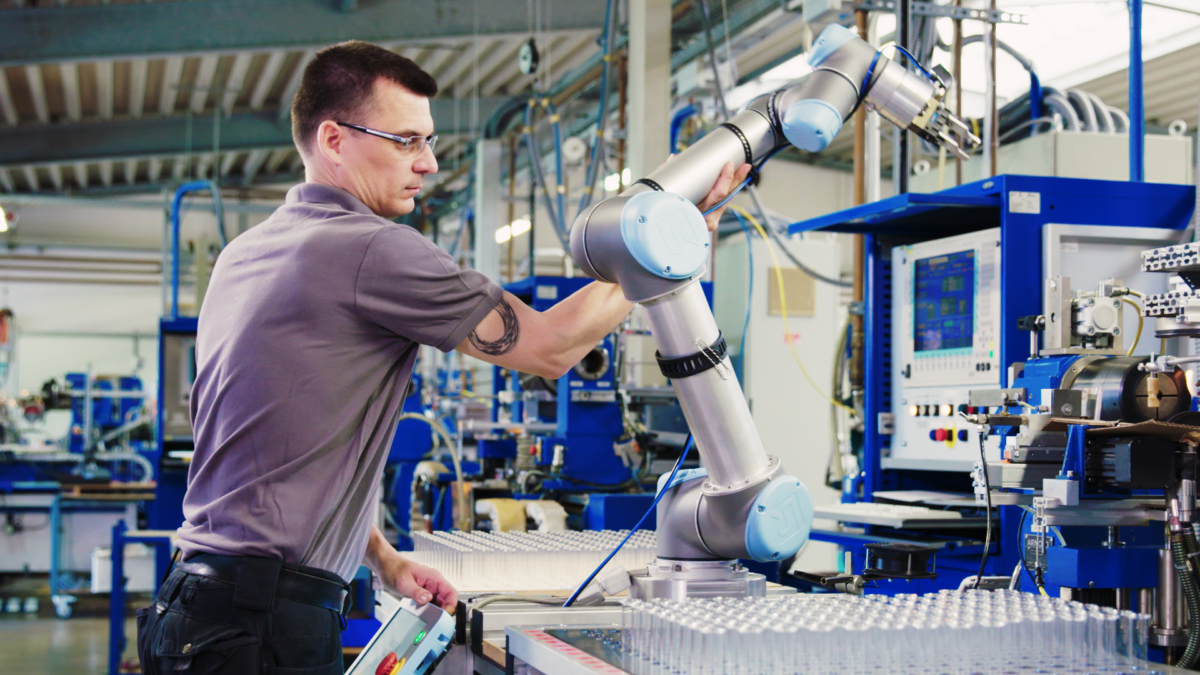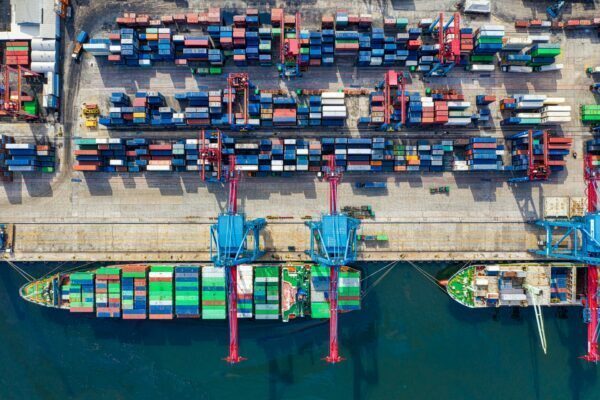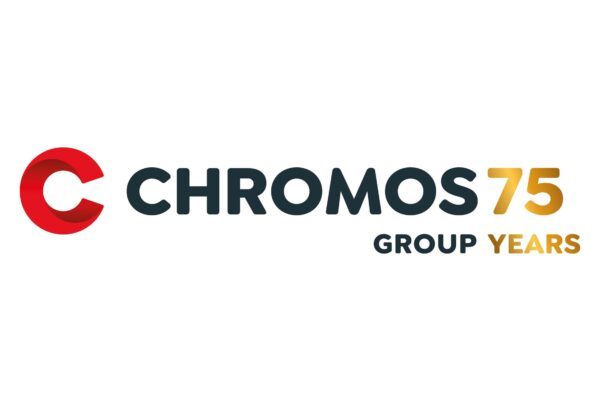Technological changes and economic challenges require ever greater flexibility in order to develop efficient and future-proof solutions as a bridge builder in the triangle with customers and suppliers. This is why Chromos AG and Fujifilm (Switzerland) AG merged to form Chromos Group AG on July 1, 2020. An important step for the future.
Text: Michael Seidl/ Picture: CHROMOS Group AG
The merger of the two companies is the result of many years of very close cooperation with the aim of pooling strengths and simplifying structures. Chromos Group AG is thus strengthening its foundations for a successful future and uniting six sales divisions under one roof: Printing, Packaging, Industrial, Kelva Web Cleaning, Fujifilm Photo and Service.
The large overall portfolio of global brands such as HP Indigo or Ryobi/RMGT technologies (new here is 3D printing and so-called cobots, www.cobots.ch), services and consulting services, which are developed into needs-oriented solutions with the usual high level of expertise, remain unchanged. The contact persons are also available as before, and all contractual agreements remain unchanged. The realignment of Chromos Group AG also includes the modernization of the entire corporate image. The website at www.chromosgroup.ch has also been completely redesigned. When a company with 200 employees comes up with such changes in the middle of the coronavirus crisis, it is a sign of typically Swiss reliability and stable planning. The current crisis may be throwing the timetable into disarray, but not the long-term goals. We spoke to co-owner Daniel Broglie and Printing Division Marketing Manager Nadine Zoller about the future of the company, which is about to celebrate its 75th birthday, and the strategy behind it.
Interview with Michael Seidl
P&P: Mr. Broglie, your company has moved and changed a lot in recent months. What are the considerations, the thoughts and what is the strategy behind this?
Daniel Broglie: Let me put the whole thing into perspective: We have noticed that we are moving more and more towards each other thematically with the companies Imsag, Chromos and Fujifilm. A classic example of where we have enormous synergies is in the industrial sector, where we are active in the packaging industry with Chromos in the field of coding systems and with Fujifilm in the field of high-speed camera systems. For example, we have equipped the CERN particle acceleration institute with such cameras. There are also synergies in the medical sector with Fuji, where Chromos in turn has medical customers in the packaging sector. We have therefore seen that it makes no sense to keep these markets, which contain so much knowledge, in two separate companies. There are also synergies in marketing in particular, where we are now allowing the worlds to grow together. B2B (Printing, Industrial, Packaging, Kelva Web Cleaning, Service) meets B2C (Fujifilm Photo) within the company. That's why we decided to reorganize our structure to make room for new things. We have created new areas and added new fields of activity to the tried and tested. We are also currently working on the cultural orientation of the company, i.e. who we are and where we want to go.
P&P: Now let's go in search of clues. What is the new corporate culture all about?
DB: What is definitely developing positively is that previously separate areas are coming together, merging and exchanging experience and knowledge. A company is being formed and with it a new way of working together. Marketing, Sales + Service and Corporate are coming together and allowing new energies to flow.
Nadine Zoller: We are already noticing this in the new organization. We have also grown together in terms of premises and have much more creative freedom at the same time. Joint marketing meetings bring better results, practically no one is cooking their own soup any more. This avoids communication deficits. Internal training courses, etc. also bring even more exchange and more knowledge.
DB: However, corona has thrown a spanner in the works in terms of cultural development and growing together more intensively. At a time when people should be getting closer to each other, they weren't really able to do so. Although we are actually cushioning a lot with digital communication, it's not the same as when people meet in person, especially in a new phase, in real life and not virtually. For example, we wanted to organize a joint cultural event, but unfortunately Corona has ruined that. In connection with the fact that physical interaction is very important to us, I am pleased to tell you today that we will also be changing our location. We will remain at the Dielsdorf site, but we will redesign it and move in next year. We have acquired the property here and will be extending and adapting part of it to meet our new needs. For future spatial planning, for example, we have analyzed which departments have a lot to do with each other, and we will incorporate this into the design. We don't just want quiet zones, we also want to generate traffic to encourage a mix of people. There will also be a concept with covered outdoor workstations and a large meeting pavilion in the style of a Chromos Group Campus.
P&P: When would you like to have the conversion completed?
DB: We plan to move in next year, in time for our 75th anniversary celebrations.
P& P: Let's come back to current events, please. How has Covid-19 affected your business?
DB : It was a big turning point for us even before Covid that we decided to stop selling large format printing. That was a big decision. The reason for this was that it has become very difficult to develop this market sustainably, as there are too many manufacturers for too few customers. Our representatives were Durst, HP, Mimaki and Fujifilm. We have handed over this division, including the employees, to another partner, so we have found a good solution for our customers and a socially acceptable solution for our employees. Overall, we are seeing acceptable business development in the Covid-19 year: The Printing division is experiencing a decline in traditional offset printing. However, we were able to compensate for this business thanks to good sales with HP Indigo. For customers, the flexibility of our digital printing systems combined with high print quality was a decisive factor in their decision to buy. It also helped that, despite the absence of drupa, we were able to show the new HP Indigo portfolio virtually and thus convince customers. Incidentally, also in Austria to a good extent.
P& P: Could it be that the differences between Switzerland and Germany/Austria are also due to the fact that Swiss companies are still in a better financial position? Many companies in Austria have not received funding for a long time, or not at all. Unlike in Switzerland, where a merger of banks has ensured rapid assistance.
DB: As far as the banks are concerned, that's right. It was paid out faster in Switzerland than in Austria. In both countries, however, short-time working has helped overall. In addition, Austria has a very business-friendly system with subsidies that we don't have in Switzerland. Some graphic companies in Austria have benefited from this. As far as we are concerned, we have five important points that have worked to get the crisis under control: We have great employees who can withstand a stress test at any time. We have very long, intensive and trusting relationships with customers and suppliers. We have also started to measure liquidity weekly instead of monthly. Then there is the broad portfolio and - the fifth important point - short-time working.
P&P: How do you currently see developments in relation to trade fairs and events?
DB: Let me reflect on the thoughts of a customer. He said that everyone is now starting their in-house exhibitions. What's the point? And he's right. I find the trade fair concept as such more interesting than going to seven or eight in-house trade fairs. Another statement on this: Of course you can show innovations and technology quite well with virtual presentations. What doesn't work, however, is the important exchange of ideas with digital formats. When I think about current trade fairs, it probably depends on whether the suppliers want to do this or not. However, an important factor is that for many small and medium-sized companies, drupa is the only international platform to present their products. They don't have the opportunity for their own large in-house exhibitions. Only the big players can do that. With regard to drupa, I'm already worried about whether it will take place if too few large companies take part. Added to this is the limited possibility of travel, but also people's respect for travel.
P& P: Is packaging an important, if not the most important segment in Chromos' product range?
DB: The packaging industry is doing well in the crisis, and so are we in this segment. Corona has also provided some food for thought here. Local color has been greatly promoted and the value of good packaging is being appreciated more again. If something is not packaged, you have a shelf life problem or, especially in these times, a hygiene problem. This requires good and safe packaging. We have just carried out a new portfolio analysis comparing 2020 with the year 2000. In 2000, we generated 34% of our turnover in the printing segment, today it is 25%. While the packaging segment accounted for ten percent of sales in 2000, we now generate 30 percent.
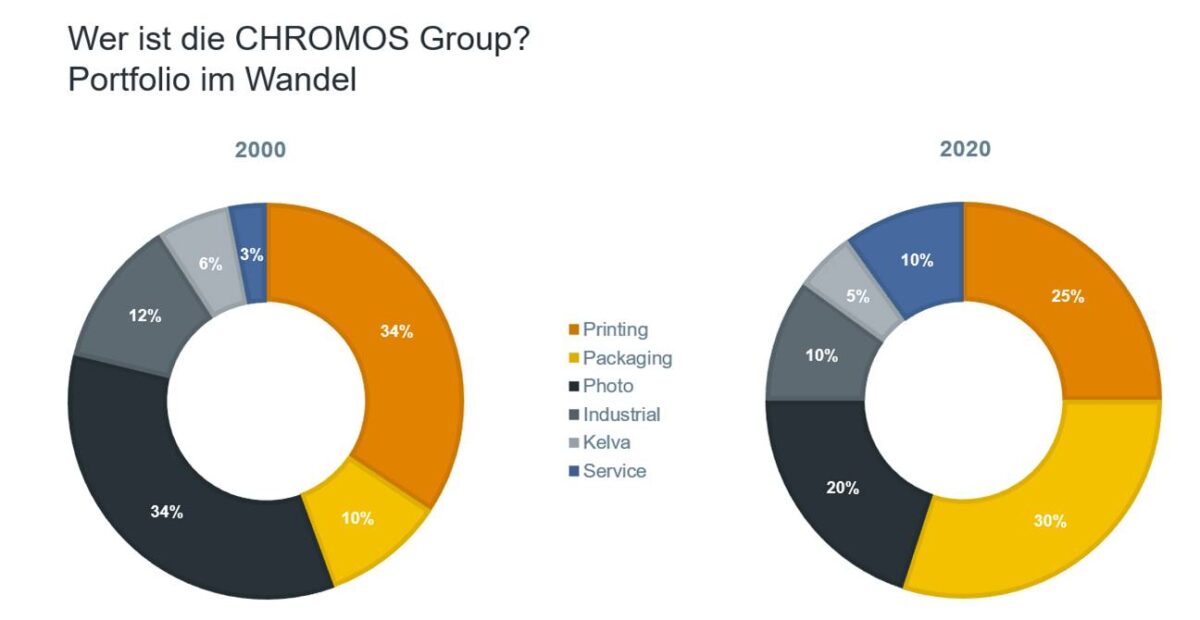
P& P: With activities such as 3D printing and robotics still in their infancy, the industrial sector will probably continue to grow.
DB: You are absolutely right. We are planning a 20 percent share of total sales here in the future. We also expect service to continue to grow.
P& P: The Chromos ship, including the newly assembled team, is on a good course?
DB: Let me put it this way: I am extremely positive and pleased that we have taken these steps in the last few months, which have been on our minds for three years. Our team is currently getting used to it. I trust that everything will be received positively and that everything will settle in. Since January 1, everyone has practically been in a new environment. Change is important and should be lived.
P&P: It's great to see that you are working so hard on a new structure to make a family business like Chromos fit for the future, including with new technologies. This requires a great team.
DB: That's right, thank you very much. The family business is a very important point: I'm already thinking about what to do in terms of my succession when I'm no longer with the company. It's always about setting the right course. That's why my sister, my brother and I have the long-term horizon in mind when planning. However, we always keep in mind that the industries we are involved in are in our DNA.
P& P: You said earlier that you also like to look to the future. Where do you see the new Chromos Group in five years' time?
DB: The most important thing now, of course, is to restructure and implement the new six divisions well on the market. The architecture is in place and the potential is there to expand and develop the whole thing further. We will definitely remain in the markets where we are and continue to drive them forward. That's what we've always done in the past. Another future project could be to internationalize Chromos Group more. It would be conceivable to become the general importer of certain products for Europe. For example, we already manage the European spare parts warehouse for RYOBI/RMGT. And there could still be a lot of new opportunities for us in the future. The development of our industrial sector with 3D and cobots, which we also want to drive forward significantly, will be exciting.
P& P: Talking about the future after corona, will there be an increased proportion of people working from home or will we return to our normal, familiar office life?
DB: We recently discussed this in our corona task force meeting. We have been back in full operation since September. Now we have to decide which departments can actually tolerate more working from home and which less. There will definitely be a new FlexDesk facility where employees who work from home will have a place in the office. My personal opinion is that we should be very careful here. If everyone is on their own, then we lose the value of collaboration. We will have to find a balance so that communication and collaboration continue to work well despite digitalization.
